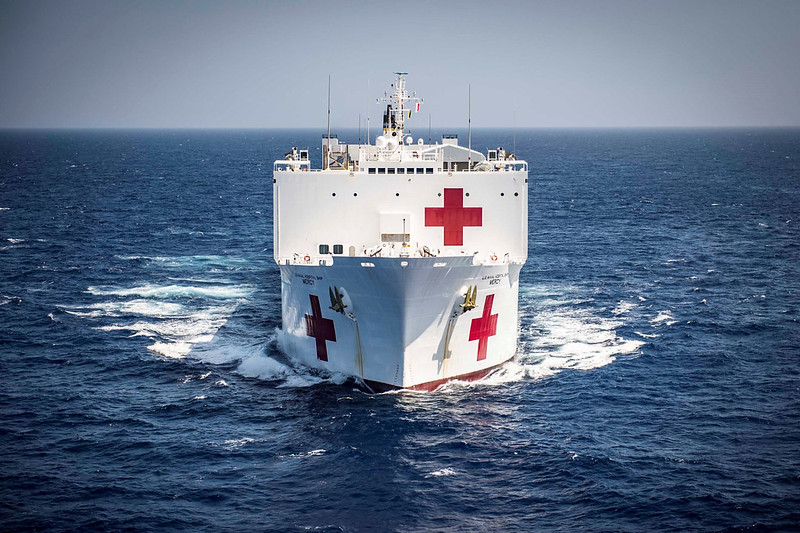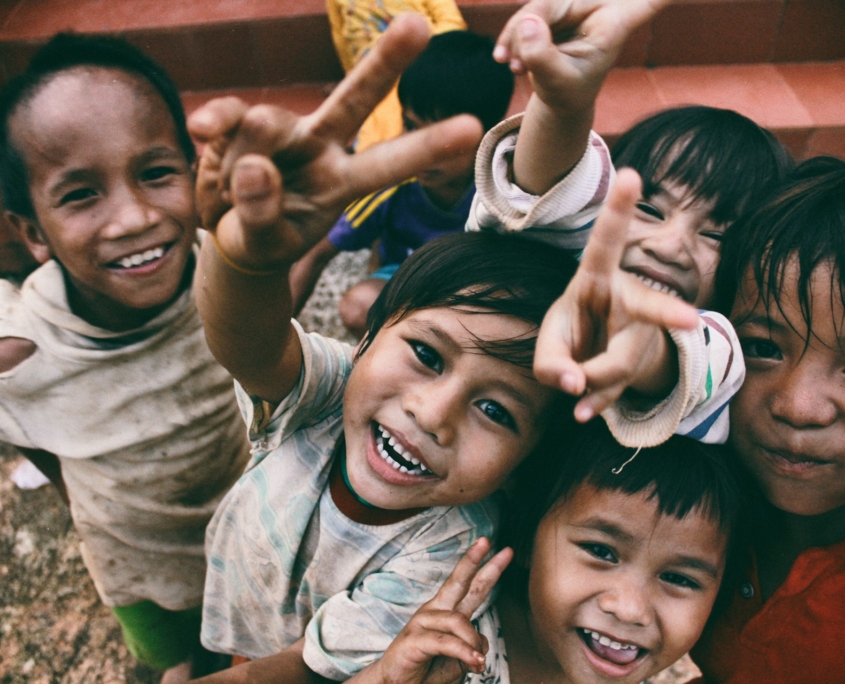 Her Royal Highness (HRH) the Princess Royal, accompanied by her husband, Vice Admiral Sir Timothy Laurence, visited Colombo, Sri Lanka, marking the 75th Anniversary of bilateral relations between Sri Lanka and the United Kingdom (U.K.). As Patron of the Save the Children Foundation, HRH Princess Anne’s charity efforts included a visit to the organization’s main office, where she unveiled a plaque commemorating the 50th Anniversary of Save the Children working in Sri Lanka. In addition, HRH took part in the tradition of lighting a ceremonial oil lamp symbolizing hope and prosperity.
Her Royal Highness (HRH) the Princess Royal, accompanied by her husband, Vice Admiral Sir Timothy Laurence, visited Colombo, Sri Lanka, marking the 75th Anniversary of bilateral relations between Sri Lanka and the United Kingdom (U.K.). As Patron of the Save the Children Foundation, HRH Princess Anne’s charity efforts included a visit to the organization’s main office, where she unveiled a plaque commemorating the 50th Anniversary of Save the Children working in Sri Lanka. In addition, HRH took part in the tradition of lighting a ceremonial oil lamp symbolizing hope and prosperity.
Long-standing Commitment to Child Welfare
During the last 50 years, The Princess Royal’s work with Save the Children has gained a great deal of insight concerning the needs of children throughout the world. Having served as President since 1970, HRH became the Patron of Save the Children in 2017. The Princess Royal devotes time to visiting Save the Children’s projects, overseas and in the U.K. Princess Anne also serves as patron or president to more than 300 organizations including WISE, Riders for Health and Carers Trust. Countries included in her trips include Uganda, Bangladesh, Sierra Leone, Mozambique, Bosnia and Herzegovina. HRH’s work centers on health, sports, people with disabilities and science in developing countries.
Initiatives and Innovations in Pediatric Care in Sri Lanka
HRH visited Lady Ridgeway Hospital (LRH) for Children in Colombo, the largest pediatric hospital in Sri Lanka that serves more than 340,000 patients annually without charge. Princess Anne witnessed innovative health care approaches from Kangaroo Care to Little Hearts during her visit. She engaged in discussions with pediatric consultants and Save the Children’s child protection experts about the organization’s support for children affected by the dual challenges of the COVID-19 pandemic and Sri Lanka’s severe economic crisis. Save the Children has focused on identifying vulnerable children in need of support for their physical, social and emotional well-being.
Kangaroo Care (KC) is a successful practice of using skin-to-skin contact between infant and parent. In developing countries, KC for low-birthweight infants reduces mortality, severe illness, infection and length of hospital stay. KC is also beneficial for preterm infants in high-income countries.
Little Hearts, a government-approved national fundraising project exceeding 2 billion, to build a 12-story cardiac and critical care wing expanding Lady Ridgway Hospital’s capacity to serve. In Sri Lanka, congenital heart disease is the leading cause of infant mortality, with 10 out of 1,000 infants dying before their first birthday.
Future Goals and Achievements of Save the Children
In 1989, the United Nations General Assembly adopted the U.N. Convention on the Rights of the Child. Rooted in Eglantyne Jebb’s initial declaration, this convention now stands as the most universally accepted human rights treaty in history.
In 2024, with the support of donations, volunteers and ambassadors such as Jennifer Garner, Enrique Iglesias and Ms. Rachel, along with Patron Princess Anne, Save the Children aims to increase vaccination coverage in 15 countries, enhance the quality of programming and health equity actions in at least 10 countries and support 15 million children, adolescents and mothers across 15 countries in preventing and treating malnutrition.
Looking Ahead
Sri Lanka Country Director of Save the Children, Julian Chellappah stated “As Save the Children marks its 50th anniversary of operating in Sri Lanka, we couldn’t be more thrilled that Her Royal Highness The Princess Royal has chosen to return here to witness first-hand our life-changing work – and see something of the impact we’ve had over the past 50 years. Her presence is vital to raising awareness of the challenges faced by vulnerable children and their families here.”
Looking forward, Save the Children is poised to continue its vital work, inspired by the support and recognition that such high-profile visits bring, including Princess Anne’s charity efforts, driving further progress in the years to come.
– Pamela Fenton
Photo: Unsplash
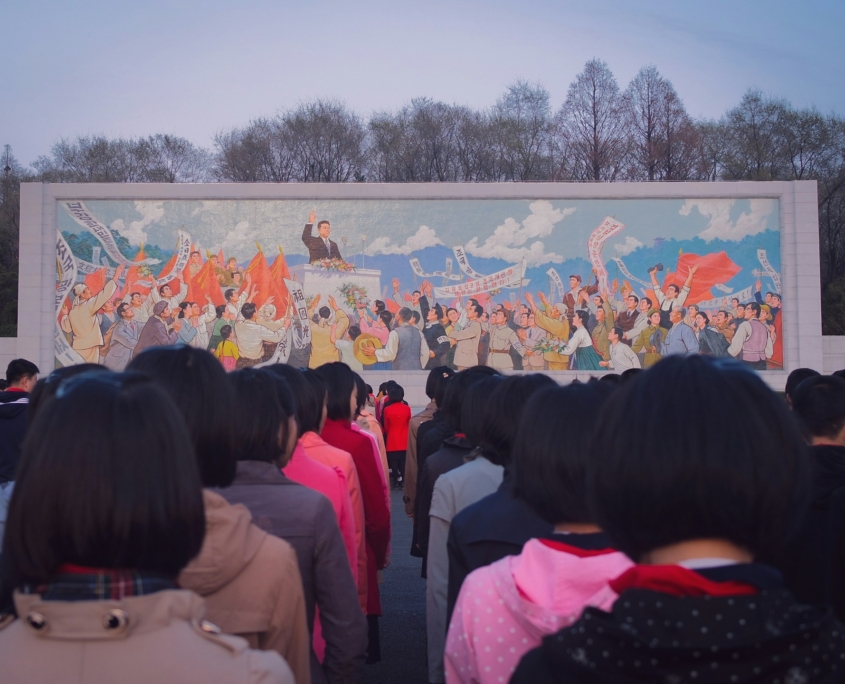 In North Korea, under the rule of Kim Jong-Un, the country stands as one of the world’s most repressive nations, where the government prioritizes collective interests over individual freedoms. Basic rights and freedoms are severely restricted, with citizens lacking access to what
In North Korea, under the rule of Kim Jong-Un, the country stands as one of the world’s most repressive nations, where the government prioritizes collective interests over individual freedoms. Basic rights and freedoms are severely restricted, with citizens lacking access to what 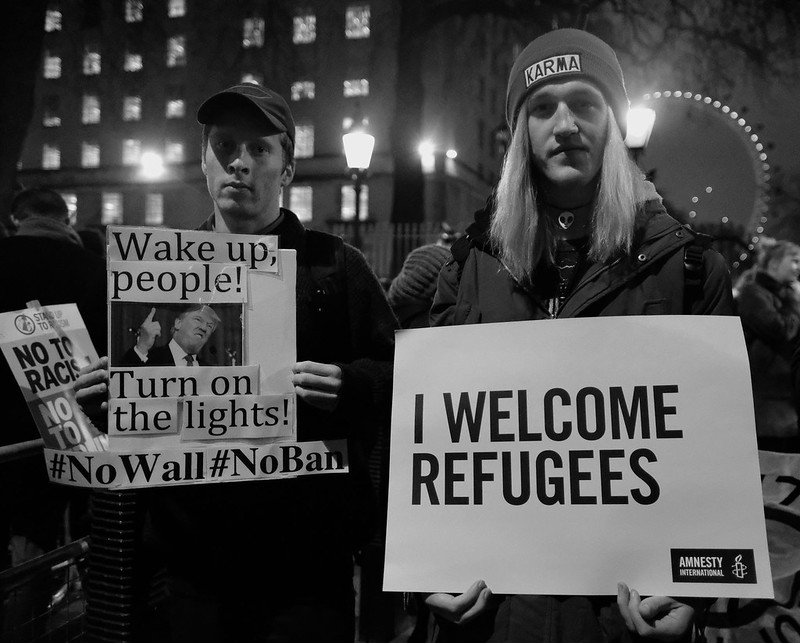
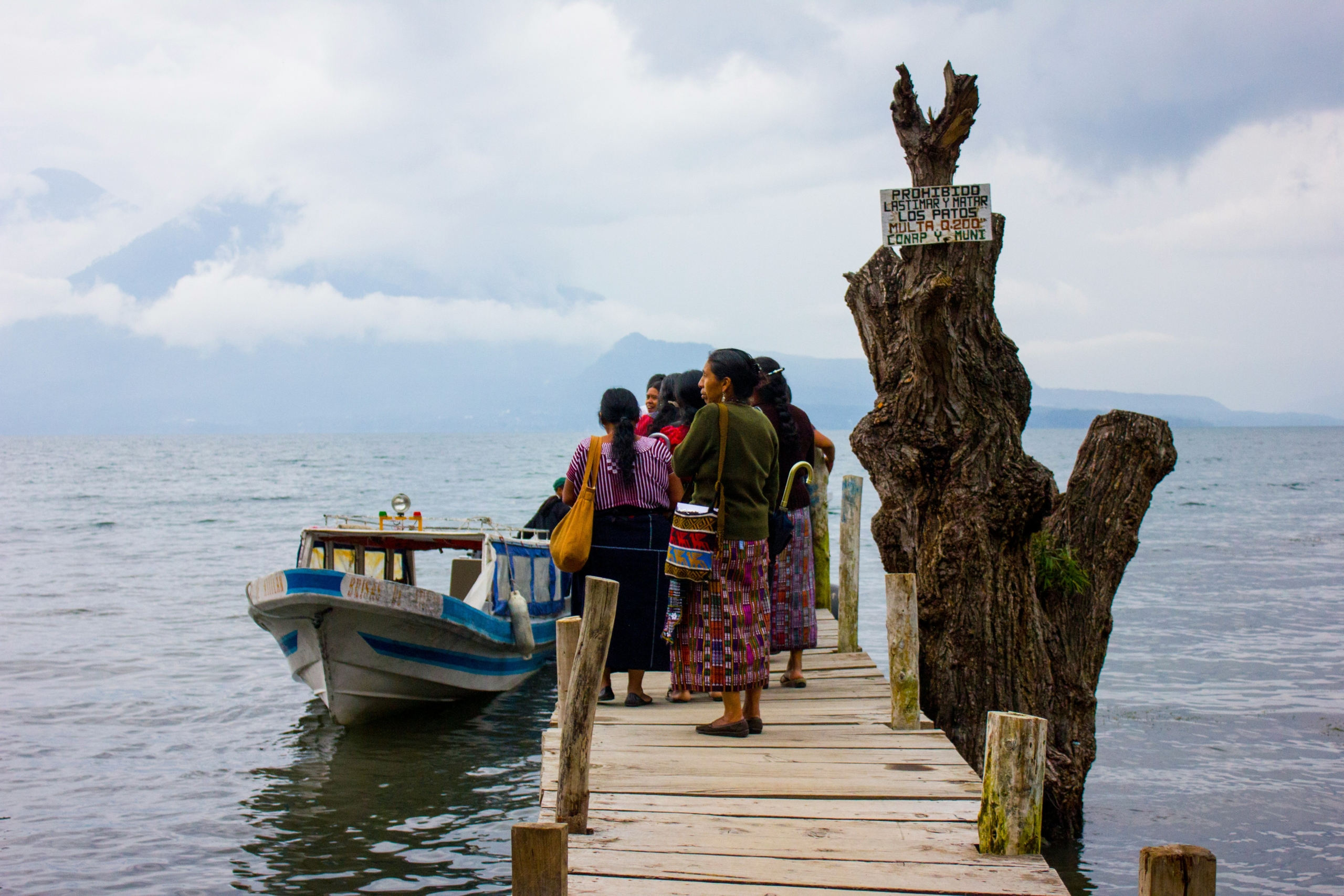

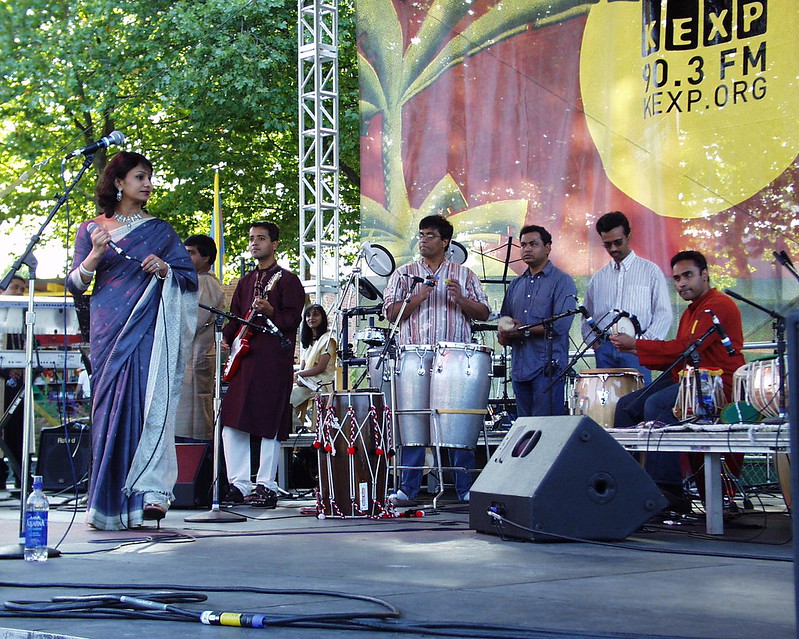
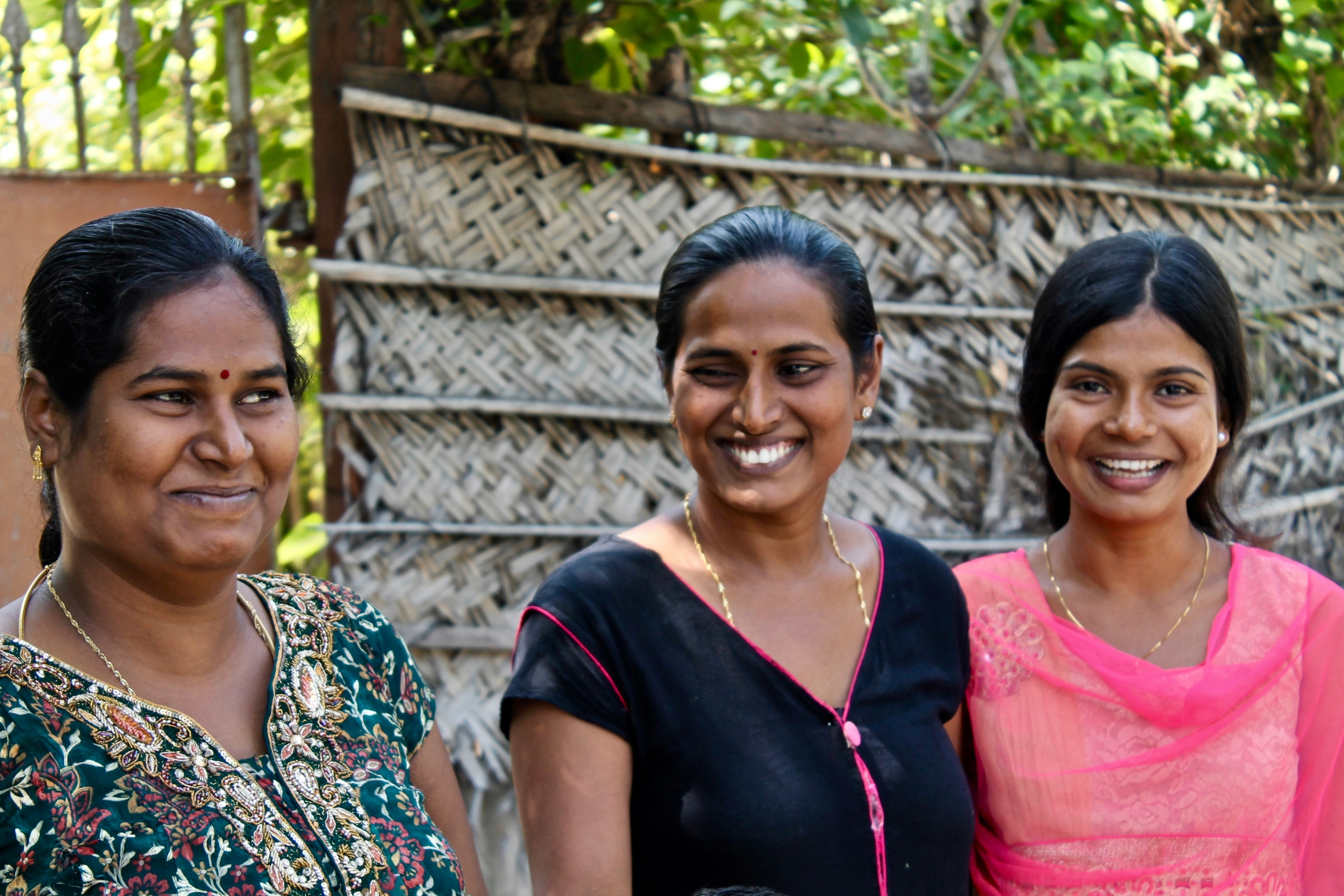
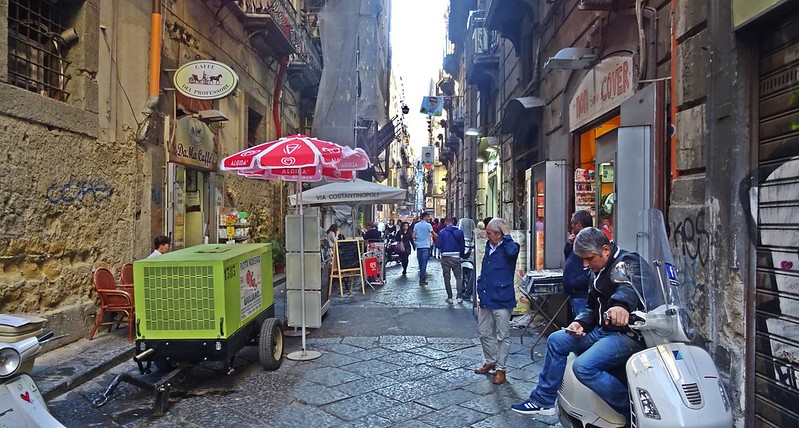 Poverty in Italy reached historical highs after the COVID-19 pandemic, according to a 2021 Istat report. The report found that
Poverty in Italy reached historical highs after the COVID-19 pandemic, according to a 2021 Istat report. The report found that 